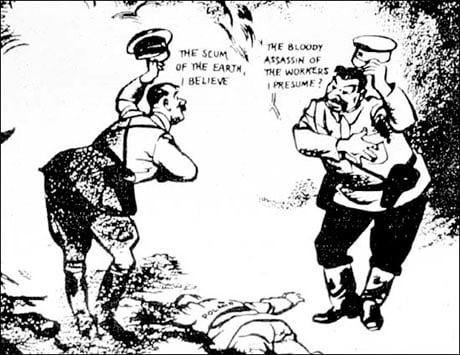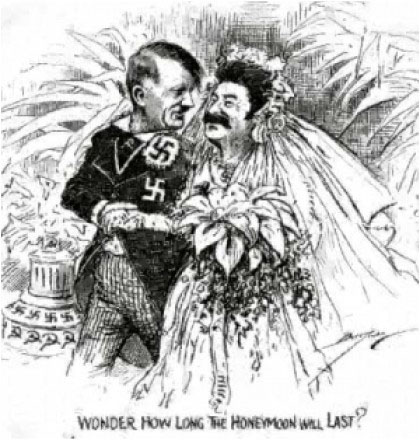The Peace of Riga for Belarus is the same as the Molotov–Ribbentrop Pact for Poland
28- 17.09.2009, 12:01
Today is the 70th anniversary of the so called “liberation march” of the Red Army to West Belarus.
This march as well as the beginning of the World War II became possible only due to the Molotov–Ribbentrop Pact, signed in Moscow by Nazi Germany and the Soviet Union without Poland a month before. The pact contributed to fact Poland’s defeat and its partition between the aggressors.
Reminding the beginning of the World War II, we must mention the Peace of Riga signed by Soviet Russia and Poland in 1921, which to a certain extent determined the events that took place 20 years later.
Historian and writer Uladzimir Arlou tells the civil campaign “European Belarus” about the meaning of the Treaty of Riga for Belarus.
“The Peace of Riga was signed by Soviet Russia and Poland in 1921 as a result of the Polish-Soviet War. The Belarusian delegation arrived in Riga, but wasn’t allowed to the negotiations. It was because most Polish politicians regarded Belarus not as a state, but as “Kresy Wschodnie”. Soviet Russia just traded in our territory to pursue its aims. Under the treaty, 29 districts of Bialystok, Vilnius, and Navagrudak provinces (a territory of 113,000 square kilometres with 3.6mln of population) were given to Poland. At the same time, the Belarusian Soviet Socialist Republic was proclaimed. It territory was only 52.4 thousand square kilometres. It is four times less the area of Belarus today. There was a saying: “Belarus has three capitals – Mensk, Lahoisk, and Pleshchanitsy”. It was close to the truth, because the Vitsebsk, Mahilou, and Smolensk provinces were given to Russia. But thanks to nationally-oriented communists a part of these lands was retuned to Belarus later. Russian Bolsheviks suggested that the whole area of Belarus should have been given to Poland under the treaty. The Poles refused. They were afraid they wouldn’t be able to swallow such a huge bite. However, Belarus was divided and the border with Poland went so close that funny cases happened. For example, when the Opera House was built in Minsk in the 1930ies, it was an offer to erect a 60-meter monument to Stalin. The offer was denied because the monument could be seen from Poland and could be used as an aim point for artillery firing.
In 1939, the fate of Belarus didn’t interest the Moscow rulers, but the Belarusians managed to unite, but had to pay much for this. Mass deportations and elimination of the local inhabitants, considered anti-communist elements, restriction of religious rights and other things started on the “liberated” territories. West Belarus was a special governed territory by June 1941. Guarded frontier posts remained on the old frontier. In fact, West Belarus was a huge concentration camp. The fact territories with Belarusian population remained outside Belarus proves our country was and still remains a bargaining chip for the Kremlin,” the historian said.
Belarus has become an independent state against all odds. The international law proclaims the principle of inviolability of state borders. States regard as inviolable all one another’s frontiers and refrain from assaulting these frontiers. But the Belarusians should remember history.

The caricature of the Peace of Riga

Hitler and Stalin met near Poland’s dead body ¬ – the caricature on the Molotov–Ribbentrop Pact

“Wonder how long the honeymoon will last?” – the caricature on the Molotov–Ribbentrop Pact










